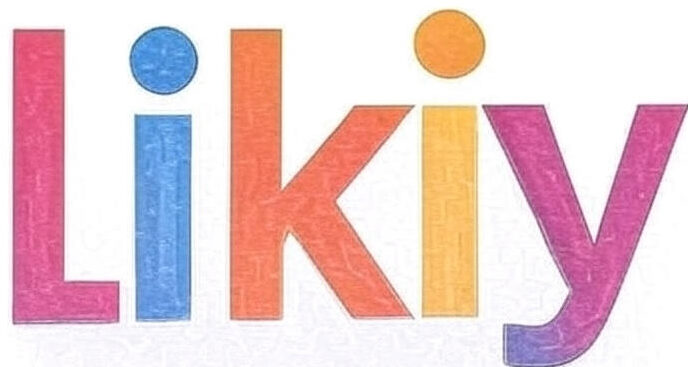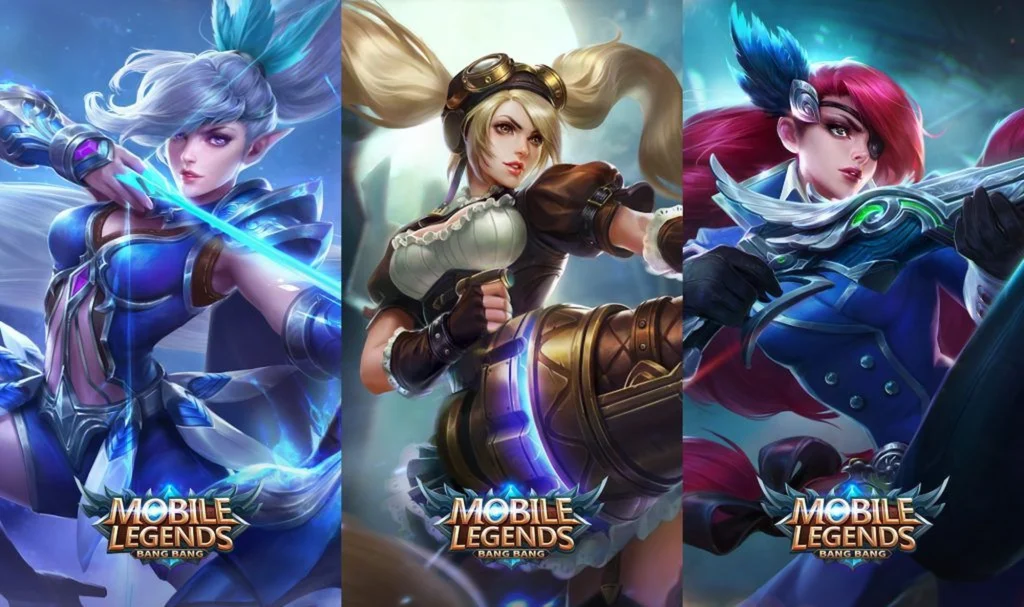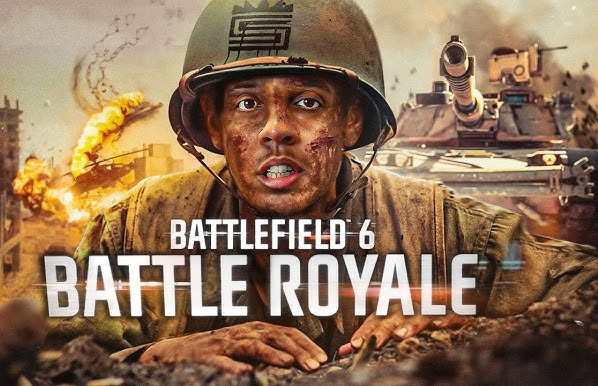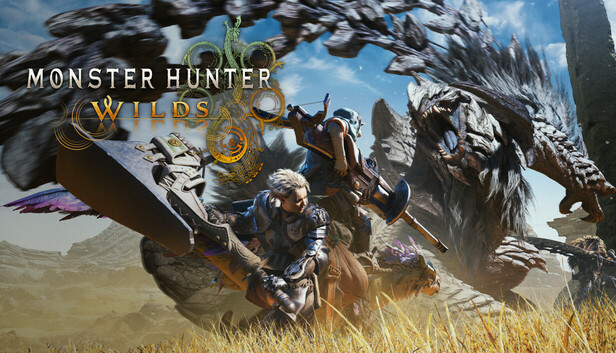Introduction to Mobile Legends: Bang Bang – The Ultimate 5v5 MOBA
Mobile Legends: Bang Bang (MLBB), often just called Mobile Legends, is a free-to-play mobile multiplayer online battle arena (MOBA) game developed and published by Moonton (a ByteDance subsidiary). Launched in 2016 (initially as Mobile Legends: 5v5 MOBA), it’s designed for fast-paced, team-based action on your phone, drawing inspiration from PC MOBAs like League of Legends but optimized for touch controls and quick sessions. With over 1 billion downloads and peak monthly players hitting 100 million—especially popular in Southeast Asia—it’s a global hit for casual and competitive gamers alike.
Core Gameplay: 5v5 Showdowns
At its heart, MLBB is all about 5v5 battles where two teams of five players face off on a compact, three-lane map. Your goal? Destroy the enemy’s base (their “Phoenix”) while defending your own. Matches are lightning-fast: 10-second matchmaking gets you into the action instantly, and most games wrap up in 10-15 minutes, making it perfect for on-the-go play.
- Heroes and Roles: Pick from over 120 unique heroes, each with distinct abilities, skills, and playstyles. Heroes fall into six main roles to build a balanced team:
- Tank: Frontline bruisers who absorb damage (e.g., Tigreal).
- Fighter: Versatile damage dealers with sustain (e.g., Paquito).
- Assassin: High-mobility burst killers (e.g., Gusion).
- Mage: Ranged magic nukers (e.g., Eudora).
- Marksman: Long-range physical DPS (e.g., Layla).
- Support: Healers and utility providers (e.g., Rafaela).
- Key Mechanics:
- Laning Phase: Early game focuses on farming minions (for gold and XP) in your lane while harassing enemies.
- Jungling: Clear neutral camps in the jungle for buffs like speed boosts or extra damage.
- Pushing and Objectives: Destroy enemy towers to advance lanes, then claim big prizes like the Turtle (team gold buff) or Lord (base-pushing monster). Team fights erupt around these for epic clashes.
- Combat Style: Real-time action with auto-attacks, skill combos, and crowd control (CC) effects. Mobility is key—heroes dash, stun, and outplay in chaotic brawls.
The game emphasizes teamwork and strategy: Solo queue is fun for casuals, but coordinating with friends via voice chat turns it into a competitive thrill. Modes include Ranked (for climbing tiers like Warrior to Mythic), Classic (practice without rank risk), and event-based Arcade modes.
Why It Stands Out
- Mobile-First Design: Smooth 60 FPS on mid-range phones, with smart AI that takes over if you disconnect briefly (no more 4v5 disasters).
- eSports Vibes: Pro scenes like the Mobile Legends Professional League (MPL) offer tournaments with massive prizes.
- Monetization: Free to play, but buy diamonds for heroes/skins (optional—earn most through gameplay).
If you’re new, start with AI matches to learn heroes, then dive into 5v5 chaos. Team up, outsmart foes, and claim victory—Land of Dawn awaits! For downloads, grab it on Google Play or App Store.

The Birth and Evolution of Mobile Legends
Moonton Games, a subsidiary of ByteDance, founded MLBB in 2015. The studio aimed to create a MOBA optimized for touchscreens, inspired by League of Legends but stripped for mobile efficiency. Early prototypes focused on intuitive controls, ensuring players could execute complex maneuvers with swipes and taps.
The game soft-launched in July 2016 under the name Mobile Legends: 5v5 MOBA. Initial feedback was mixed. Critics pointed to striking similarities with League of Legends, sparking plagiarism accusations that haunted Moonton for years.
Despite the controversy, MLBB gained traction in Southeast Asia. Its free-to-play model, coupled with generous rewards, hooked players quickly. By November 2016, a global release propelled it to Google Play’s Best Competitive Game of the Year.
Moonton’s Kuala Lumpur office became a hub for localization. The game expanded to 25 languages and over 1,200 servers across 139 countries. This aggressive push addressed early criticisms and built a loyal base.
Updates rolled out frequently, balancing heroes and introducing new features. The 2017 addition of ranked modes formalized competitive play. Esports integration followed, with Moonton sponsoring local tournaments to nurture talent.
By 2018, MLBB faced regulatory hurdles in China due to gaming restrictions. This shifted focus outward, strengthening its international footprint. Revenue soared through in-app purchases for skins and diamonds, funding bigger prize pools.
The 2019 M1 World Championship marked a turning point. Held in Manila, it drew 70,000 live attendees and millions online. EVOS Legends’ victory cemented MLBB’s esports credibility.
Pandemic-era growth in 2020 saw player numbers double. Moonton introduced cross-server events and collaborations, like with K-pop stars, to broaden appeal. Voice chat and social features deepened community bonds.
In 2022, ByteDance’s full acquisition of Moonton injected resources for innovation. Enhanced graphics, AI matchmaking, and anti-cheat systems improved the experience. MLBB’s ninth anniversary in 2025 celebrated with massive in-game events, honoring its journey.
Challenges persist, including balance patches that spark debates. Yet Moonton’s responsiveness keeps the game fresh. From a fledgling title to a billion-dollar franchise, MLBB’s evolution mirrors mobile gaming’s rise.
Core Gameplay: Strategy in Your Pocket
At its heart, MLBB is a 5v5 MOBA where two teams clash to destroy the enemy’s base. The map, a symmetrical battlefield, features three lanes: top, mid, and bottom. Jungles flank the lanes, hiding buffs and neutral monsters for strategic farming.
Objective? Breach the enemy base’s turrets and core. Last hits on minions grant gold for items, amplifying hero strengths. Team fights erupt around objectives like the Turtle, a powerful neutral that spawns every three minutes.
Controls are touch-based simplicity. A virtual joystick moves your hero, while skill buttons unleash abilities. Auto-aim assists targeting, but manual precision wins duels.
Matches emphasize rotation and vision. Scout with wards to spot ganks, or dive towers for kills. The 15-minute cap forces aggressive play, unlike longer PC counterparts.
Heroes number over 129 as of 2025, each with unique kits. They fall into six roles: Tanks absorb damage, Fighters balance offense and defense, Assassins burst squishies, Mages control with magic, Marksmen deal sustained DPS, and Supports aid allies.
Emblems and battle spells customize builds. Tanks might stack defense, while Assassins prioritize penetration. Item shops offer synergies, like lifesteal for sustain.
The draft phase sets the tone. Banning counters ensures fair picks. First blood gold rewards early aggression, snowballing leads.
Map awareness is key. Mid-lane pushes enable rotations, while jungle camps provide EXP. Lord, the late-game neutral, turns tides by sieging lanes.
Team composition matters. A balanced draft—tank, fighter, mage, marksman, support—counters enemy strategies. Voice comms coordinate ults for wipes.
New players start in Classic mode, honing basics. Ranked climbs from Warrior to Mythic, with sub-tiers for elites. Seasons reset progress, keeping competition fierce.
MLBB’s pacing rewards adaptability. A single misplay cascades into losses, teaching resilience. Casual queues mix fun with practice, easing entry.
Heroes: Icons of Power and Personality
Heroes define MLBB’s charm, each a blend of lore, visuals, and mechanics. Tanks like Tigreal frontline with stuns and shields, drawing fire to protect carries.
Fighters, versatile bruisers, excel in skirmishes. Paquito’s punches chain combos, embodying Mexican flair in a digital ring.
Assassins thrive on mobility. Ling wall-hops for ambushes, vanishing into shadows before striking. Their high-risk style demands perfect timing.
Mages dominate with area control. Eudora’s lightning chains melt groups, her elegant design hiding devastating power.
Marksmen scale late-game. Layla’s sniper shots pierce from afar, but her fragility requires peels. Positioning is their lifeline.
Supports enable plays. Angela’s heart links heal and ult, turning allies into tanks. Utility like slows or reveals shapes battles.
Sub-roles add nuance. Duelist fighters trade blows, while roamers support globally. Creep-score focused junglers farm efficiently.
Skins personalize heroes, from epic animations to voice packs. Championship editions honor tournament MVPs, boosting prestige.
Balancing keeps meta fluid. Patches buff underperformers, nerf overpowered ones. Community feedback influences changes, fostering ownership.
Lore ties heroes into a multiverse. Assassins from shadowy academies, mages from arcane realms—backstories inspire fan theories.
Picking a main builds mastery. Experiment in trials, then commit. Counters exist, but skill trumps matchups.
Heroes evolve with events. Collaborations introduce variants, like anime crossovers. This keeps rosters exciting.
In tournaments, bans target meta threats. A well-picked hero lineup predicts victory. Icons like these make MLBB endlessly replayable.
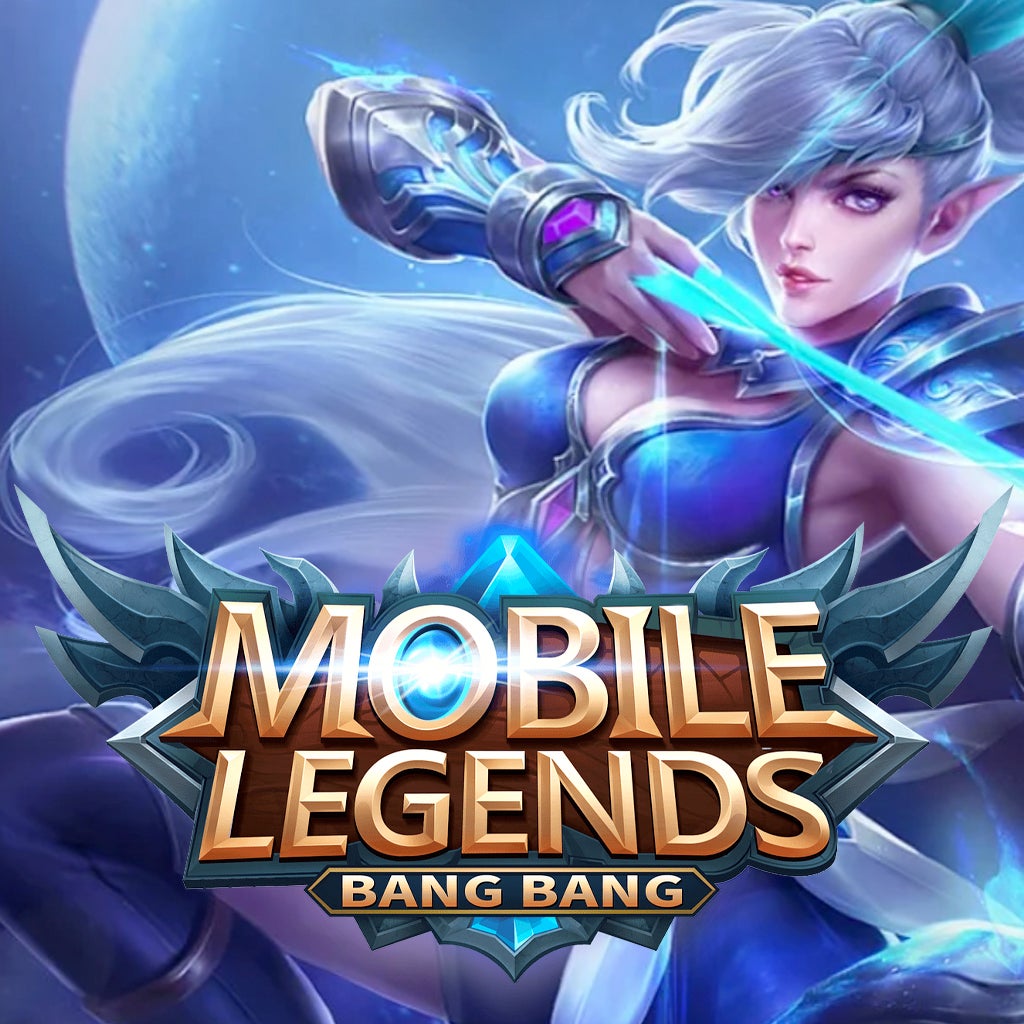
The Esports Explosion: From Local LANs to Global Stages
MLBB’s esports scene ignited in 2017 with grassroots tournaments. Cafes in Manila and Jakarta hosted packed events, birthing stars overnight.
Moonton formalized it via MPL, regional leagues scouting talent. Philippines’ MPL PH launched first, drawing crowds rivaling sports.
Viewership metrics soared. By 2019, streams hit 100 million hours annually. Mobile accessibility lowered barriers, pulling in non-gamers.
Professional teams formed, backed by orgs like EVOS and Blacklist. Salaries, coaching, and bootcamps professionalized the grind.
Scandals tested integrity—match-fixing probes in 2020 led to bans. Moonton tightened rules, emphasizing fair play.
2025 sees MLBB as esports’ top mobile title. Q2 viewership topped charts, with MSC 2025 in Riyadh breaking records.
Global expansion includes NACT for North America, though paused in 2025 for restructuring. Europe and Latin America grow via qualifiers.
Sponsorships from brands like Samsung fuel growth. Prize pools exceed millions, making MLBB a viable career.
Community events like fan meets bridge pros and players. Cosplay contests and watch parties build hype.
The scene’s diversity shines—women’s leagues and youth academies promote inclusion. MLBB esports isn’t just competition; it’s a movement.
Regional Foundations: The MPL Ecosystem in 2025
MPL serves as MLBB’s backbone, with circuits in over 10 regions. Indonesia’s MPL ID, the oldest, kicks off seasons with fanfests.
Philippines’ MPL PH thrives on passion. 2025 Season 8 features amateur integration, scouting fresh blood.
Malaysia transitions to franchising post-Season 16. Slots lock in teams, stabilizing rosters for deeper strategies.
Singapore and Cambodia host split seasons, March to June and August to November. Playoffs feed world qualifiers.
Wild Card regions like Latin America battle for M7 spots. 2025 roadmaps allocate slots based on performance.
NACT’s 2025 pause promises a 2026 relaunch with higher stakes. Focus shifts to MSC and EWC integrations.
MPL formats evolve: best-of-three regulars, grand finals go five. Upper brackets reward consistency.
Standouts emerge yearly. Team Liquid ID’s dominance in 2024 sets benchmarks. Rivalries, like PH vs ID, fuel narratives.
Broadcasts in local languages boost engagement. Analysts break drafts, predicting meta shifts.
Youth programs feed pipelines. Academies train teens, emphasizing mental health amid pressure.
2025 updates include eco-friendly venues and AR overlays. MPL isn’t just leagues; it’s cultural export.
The Crown Jewel: M-World Championships History
The M-Series, MLBB’s pinnacle, began in 2019 as M1. Held in Manila’s Mall of Asia Arena, it featured 16 teams vying for $400,000.
EVOS Legends from Indonesia scripted history. Undefeated in matches, they edged RRQ Hoshi 4-3 in the grand final. Oura’s MVP performance, clutching revives, became legend.
Iconic moments defined M1. The “Miracle Overtime” saw EVOS rally from 0-3 gold deficit. Crowds chanted as they clinched the core.
M2 in 2020 went online amid COVID. Singapore’s Team Secret upset favorites, but EVOS repeated as champs. Their 4-1 demolition of Execration highlighted jungle supremacy.
Viewership hit 2 million peaks. Moonton awarded championship skins—EVOS’ golden Tigreal immortalized the win.
M3 in 2021 returned live to Singapore. Blacklist International from PH dominated, sweeping RRQ 4-0. Wise’s assassin picks shredded defenses.
Highlights included Blacklist’s comeback against Indonesia. From 0-2 down, they flipped the script with flawless executes. Prize pool doubled to $800,000.
M4 in 2022, Jakarta-hosted, crowned RRQ Hoshi. Indonesia’s joy erupted as they avenged past losses, 4-2 over Blacklist.
R7yxd’s mid-lane mastery shone. His mage rotations ganked lanes relentlessly. Fan invasions post-win sparked safety talks.
M5 in 2023, Manila again, saw Bren Esports rise. PH’s underdogs toppled AP Bren—wait, unified as Bren—defeating Team Liquid ID 4-2.
Karl’s tank plays absorbed dives, enabling carries. Peak viewership: 3.2 million. Skins featured dragon themes.
M6 in 2024, Riyadh’s debut, was extravagant. Fnatic ONIC PH achieved 100% win rate, mirroring M1’s feat. 4-1 over Team SMG.
The finals at Axiata Arena—wait, Riyadh’s Kingdom Arena—drew 50,000. Highlights: ONIC’s perfect draft, banning out threats.
Prize: $1 million. ONIC’s sweep included a 2-minute wipe. ByteDance’s involvement amped production.
Into 2025, M7 shifts to January 2026. December’s M6 Summit recaps the year. Slot allocations favor top MPLs.
MSC 2025, mid-season cup in Riyadh, served as precursor. AP Bren won, securing early glory.
EWC 2025 integrated MLBB, crowning it most-watched. Over 100 million hours viewed.
Each M elevates stakes. From EVOS’ dynasty to PH-ID rivalry, narratives captivate.
Technological leaps: Holographic replays, drone cams. Immersive for global audiences.
Player arcs inspire. Retirees like Oura coach; rookies dream big.
Controversies, like 2023 doping allegations, resolved swiftly. Integrity upholds prestige.
Future M’s promise innovation—VR spectating? MLBB’s tournament legacy endures.
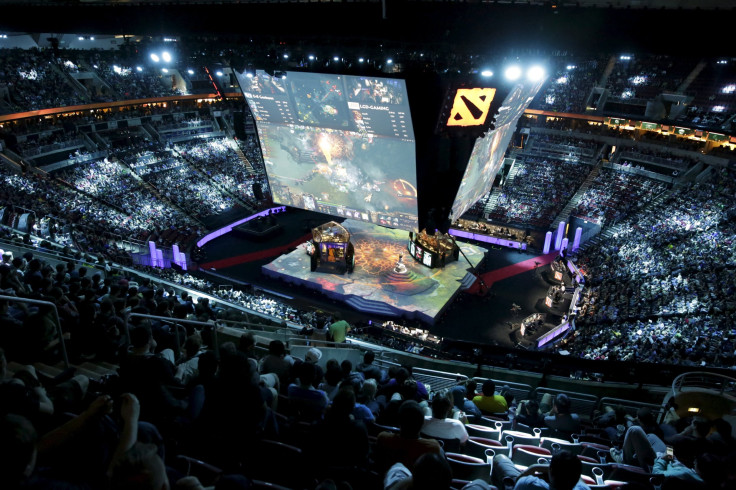
Iconic Moments That Defined Eras
M1’s overtime frenzy: EVOS at 1% health, Oura ults for quadra. Arena shook.
M2’s online upset: Secret’s draft gamble pays off in semis.
M3’s sweep: Blacklist’s 4-0 efficiency, no game over 12 minutes.
M4’s revenge: RRQ’s crowd roar drowns out PH cheers.
M5’s underdog tale: Bren’s baron steal flips finals.
M6’s perfection: ONIC’s zero losses, surgical precision.
These clips go viral, dissected in edits. They teach strategy, embody spirit.
Rivalries intensify: Indonesia’s firepower vs PH’s heart.
Global expansion brings Latin flair, European tactics.
Moments transcend—weddings mid-stream, celebrity casters.
The Global Impact: Community, Culture, and Beyond
MLBB reshaped mobile esports. Its accessibility democratized competition, onboarding billions.
Southeast Asia pulses with it. Streets fill with cheers during MPLs; schools host cups.
Global communities thrive on Discord, Reddit. Fan theories, art contests unite.
Economic ripple: Jobs in casting, merch. Prize money funds educations.
Inclusivity grows—women’s MPL ID empowers. Diversity enriches metas.
Viewership dominance: 2025’s 4.1M hours signal peak.
Cultural export: K-dramas reference picks; festivals theme around heroes.
Challenges: Toxicity addressed via reports. Positivity campaigns prevail.
Future: AR integrations, metaverse events. MLBB pioneers mobile’s frontier.
Nine years strong, it thanks players with epics. A legend indeed.
Mobile Legends: Bang Bang (MLBB) World Championship Winners
Based on your query, I interpreted “mobo legents” as a reference to Mobile Legends: Bang Bang (often abbreviated MLBB or called “Moba Legends”), the popular mobile MOBA game. The main tournament series is the MLBB World Championship (also known as the M-Series), which has been held annually since 2019. Below is a list of the winning teams for each edition so far (up to 2024, as the 2025 event is upcoming).
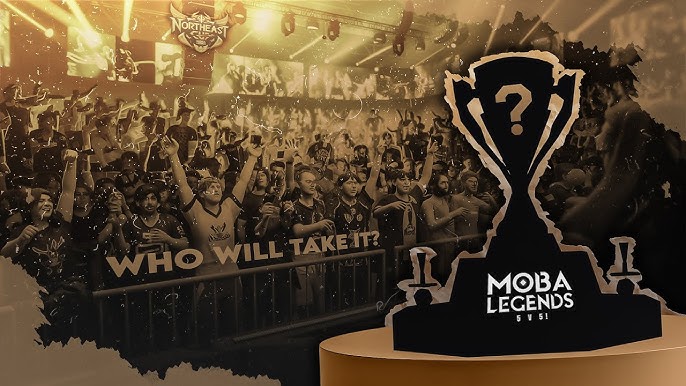
| Year | Edition | Winning Team | Region | Grand Finals Score |
|---|---|---|---|---|
| 2019 | M1 | Bren Esports | Philippines | 4-1 vs. EVOS Esports (Indonesia) |
| 2021 | M2 | Blacklist International | Philippines | 4-2 vs. CTBC Flying Oyster (Taiwan) |
| 2022 | M3 | ECHO | Philippines | 4-0 vs. Blacklist International (Philippines) |
| 2023 | M4 | ONIC Esports | Indonesia | 3-1 vs. Blacklist International (Philippines) |
| 2023 | M5 | AP.Bren | Philippines | 3-2 vs. ONIC Esports (Indonesia) |
| 2024 | M6 | ONIC Philippines | Philippines | 4-1 vs. Team Liquid ID (Indonesia) |
Key Players from Winning Teams
The query asks for “players who wins the tournament,” so here are standout MVP or key contributors from each winning roster (focusing on players who played pivotal roles in the finals). Rosters can change, but these are the core players recognized for their impact:
- M1 (2019) – Bren Esports:
- David “Flapay” Canon (Jungler, MVP of finals)
- Karl “KarlTzy” Nepomuceno (Gold Laner)
- M2 (2021) – Blacklist International:
- Johnmar “OhMyV33Nus” Villaluna (Roamer, MVP)
- Danerie “Wise” Del Rosario (Jungler)
- M3 (2022) – ECHO:
- Karl “KarlTzy” Nepomuceno (Gold Laner, MVP)
- Edward Jay “Dubai” Dapadap (EXP Laner)
- M4 (2023) – ONIC Esports:
- Kairi “Kairi” Rayosdelsol (Jungler, MVP)
- Calvin “Demonkite” Sugiharto (EXP Laner)
- M5 (2023) – AP.Bren:
- David “Flapay” Canon (Jungler, MVP)
- Angelo “Pheww” Castro (Gold Laner)
- M6 (2024) – ONIC Philippines:
- Kairi “Kairi” Rayosdelsol (Jungler, MVP)
- Karl “KarlTzy” Nepomuceno (Gold Laner)
These players have been instrumental in their teams’ strategies, often earning MVP honors for clutch performances.
The Philippines and Indonesia dominate the scene, with Filipino teams winning 5 out of 6 editions. For full rosters or match highlights, check official MLBB esports sources. If this isn’t the tournament you meant (e.g., a different “Mobo Legends” event),
